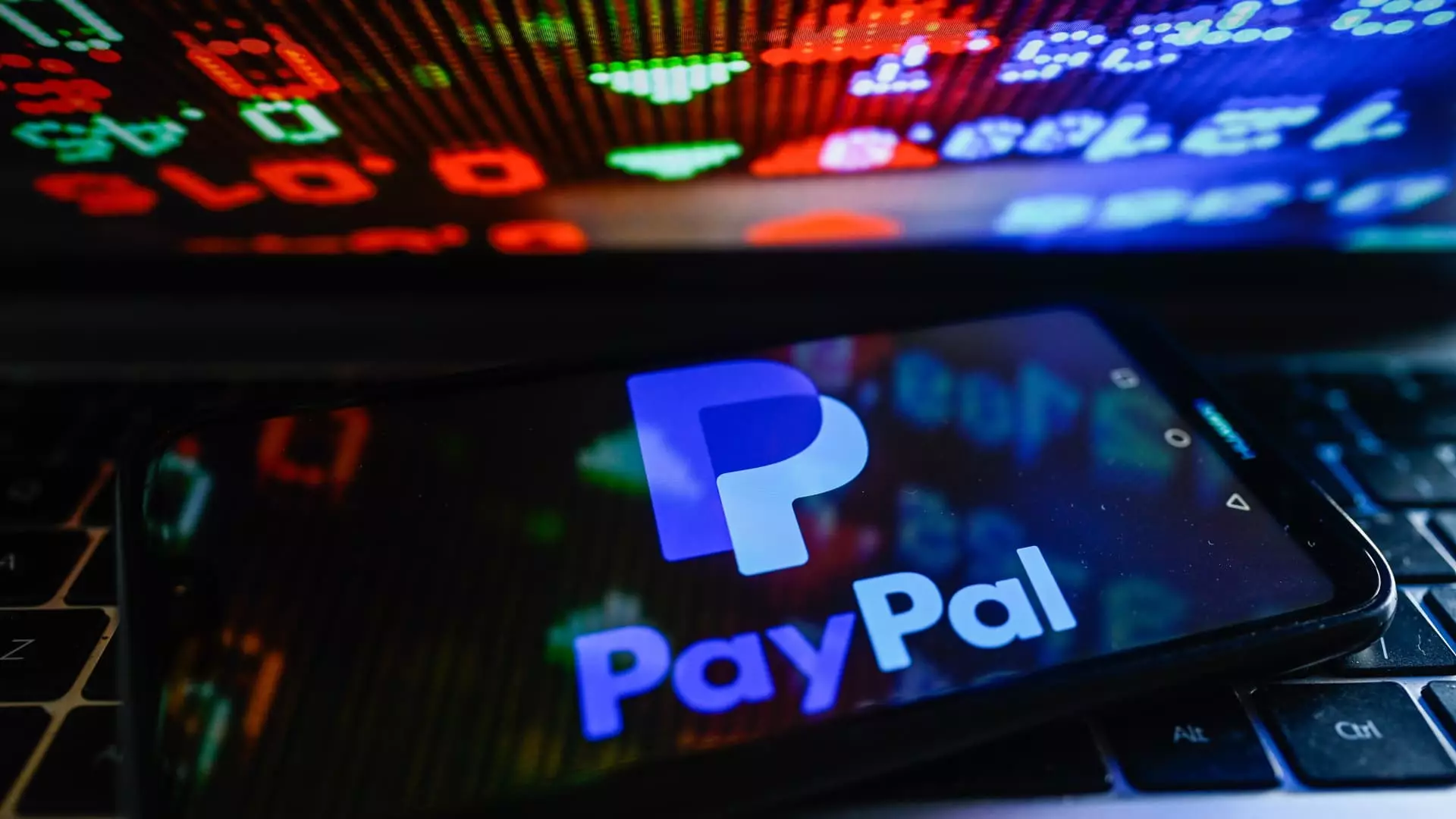Despite its robust pedigree as a financial giant, PayPal’s stablecoin, PayPal USD (PYUSD), is trapped in a quagmire of inadequacy, lagging significantly behind competitors in the burgeoning stablecoin market. Its current market capitalization of approximately $730 million is a meager representation of its aspirations, controlling less than 1% of the stablecoin space—an embarrassing statistic when one considers that Tether’s USDT and Circle’s USDC dominate with respective market shares of 66.5% and 28.3%. The situation further worsens when evaluating the economic realities faced by potential users; if even a tech titan like PayPal struggles to gain traction, what does this say for the broader cryptocurrency ecosystem?
The fervor surrounding stablecoin legislation is palpable and should have been an opportunity for PYUSD to capitalize on rising adoption rates. However, it appears that PayPal has failed to leverage its vast two-sided network of over 430 million customers effectively. In pursuing the dream of a stablecoin-driven economy, they have instead created an atmosphere of hesitance and uncertainty. It is almost as if the flagship company of digital payments has found itself adrift in the stormy waters of crypto innovation, struggling to chart a steady course.
Fees Gone—But Will That Be Enough?
In a bid to boost PYUSD’s usability, Coinbase recently announced the elimination of fees for purchases made using PayPal’s stablecoin. Yet, one must ask: will simply abolishing fees truly catalyze a movement toward widespread adoption? Removing fees might seem like a convenient solution, but it ignores the core issues limiting PYUSD’s appeal. Users desire more than just a lack of fees; they require confidence in stability, accessibility, and practical interoperability with existing financial ecosystems.
PayPal CEO Alex Chriss boasted about new “stablecoin-based solutions” aimed at global money transfers and decentralized finance (DeFi) initiatives. However, the vision for PYUSD remains largely theoretical at this point. Until real-world applications are developed and successfully implemented, these promises ring hollow. In an era where consumers are becoming increasingly anti-establishment, attempting to extract advantages from the existing framework may lack the allure needed to attract adoption.
Competitors Are Innovating, While PYUSD Stalls
The competitive landscape is shifting rapidly. Companies like Circle are already capitalizing on current market trends, establishing a payments network aimed at providing stiff competition to PayPal’s offerings. With Ripple and its XRP-focused stablecoin making their own strides, PayPal needs to not only catch up but also innovate meaningfully to capture the market’s attention.
Coinbase’s aspirations extend beyond merely facilitating trades; they seek to establish their Base network as the premier platform for Ethereum applications. This ambition, if realized, could attract a multitude of startups and businesses looking to harness the benefits of blockchain technology. Meanwhile, PayPal’s strategies seem reactive rather than proactive, focused more on catching up than on leading the charge.
The Integration Fallacy: What Is Missing?
Coinbase has disclosed plans to enhance integration across its product offerings, painting a picture of a streamlined user experience that could potentially ignite the stablecoin market. However, the integration PayPal currently offers seems disjointed. Users have previously had to jump through hoops just to redeem their PYUSD for dollars, transferring funds to different platforms like PayPal or Venmo—an unnecessary complexity in a time where seamless transactions are expected.
This convoluted pathway reflects a critical oversight in PayPal’s approach. The seamless experience is paramount for users who are looking for simplicity and ease of use—the very fundamentals that drew them to PayPal in the first place. As other platforms present more user-friendly options, the inability of PayPal to adapt could render PYUSD utterly irrelevant in the digital currency conversation.
The Future: Are We Witnessing a Pyrrhic Victory?
While the attempts to invigorate PYUSD reflect a willingness to innovate, it is crucial to assess whether these efforts will reverse its fortunes or merely offer a temporary bandage on a gaping wound. The stablecoin we currently see may be a harbinger of future ineffectiveness if it doesn’t pivot quickly and wisely.
As the crypto landscape continues to evolve at a dizzying pace, one question looms large in my mind: What will it take for PayPal’s stablecoin to finally break through? The stakes are high, and complacency is no longer an option. In the race for dominance in the stablecoin arena, failure to act decisively could condemn PYUSD to a future of mediocrity, while companies willing to take risks and embrace innovation secure their place at the forefront of financial evolution.

